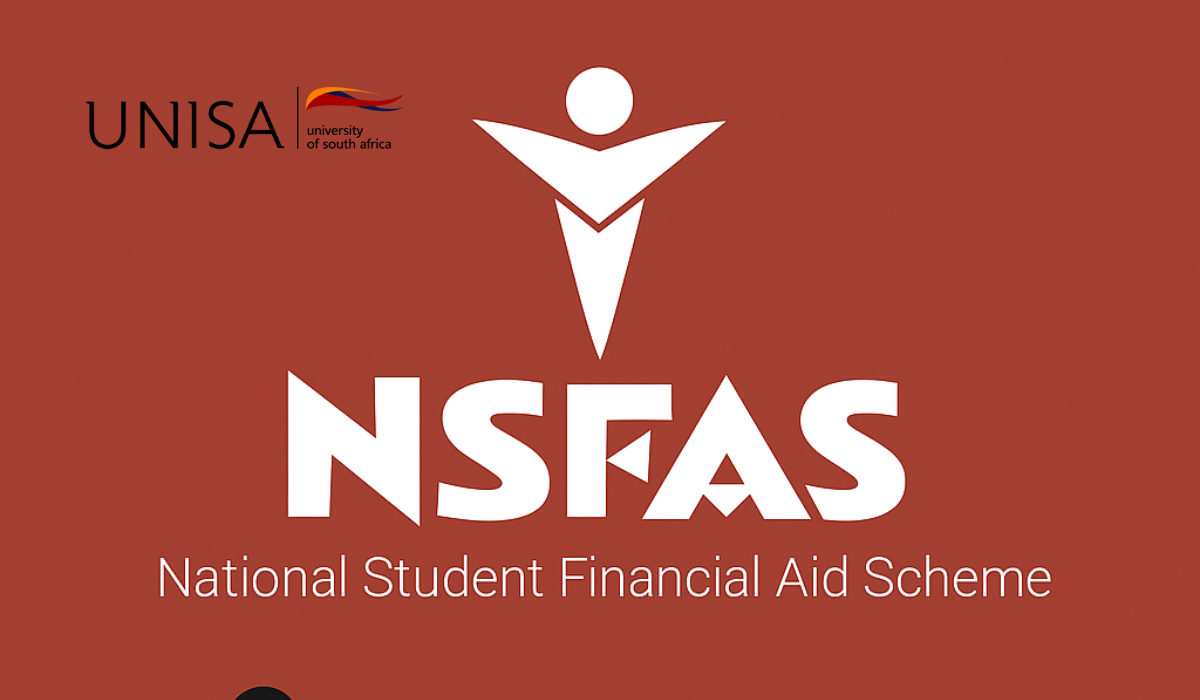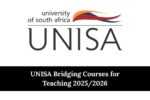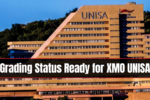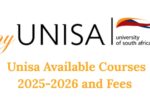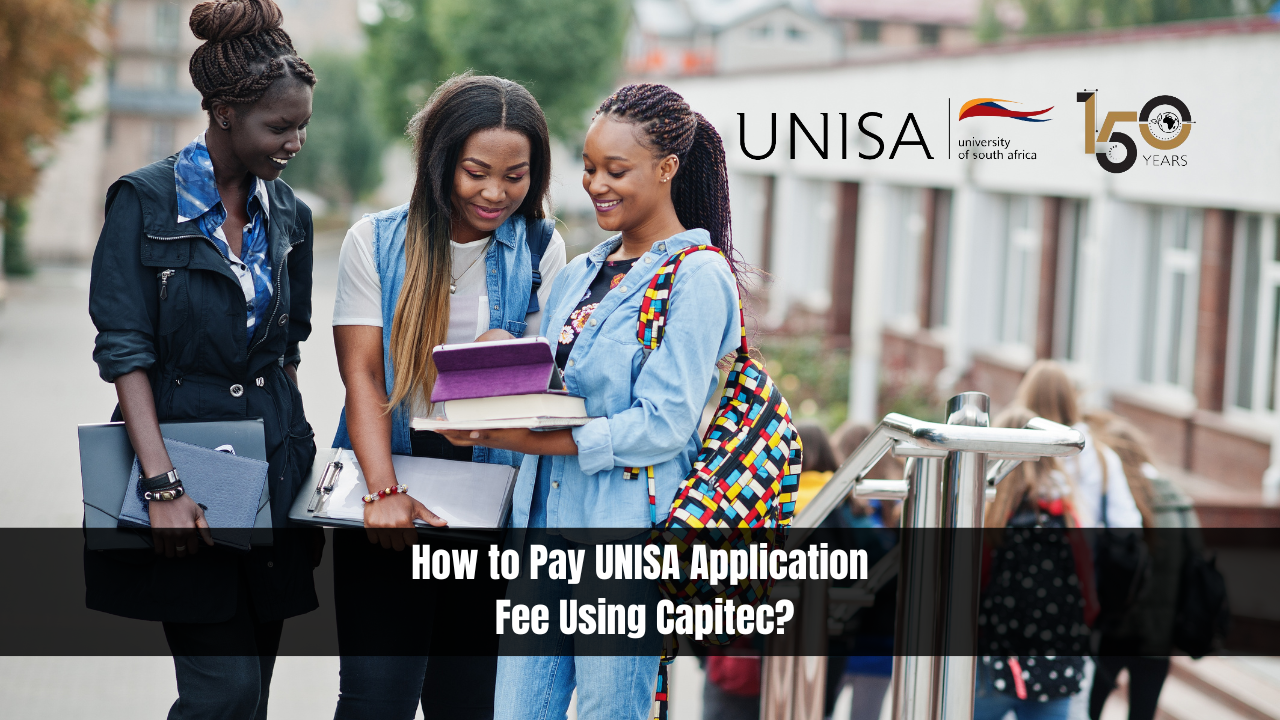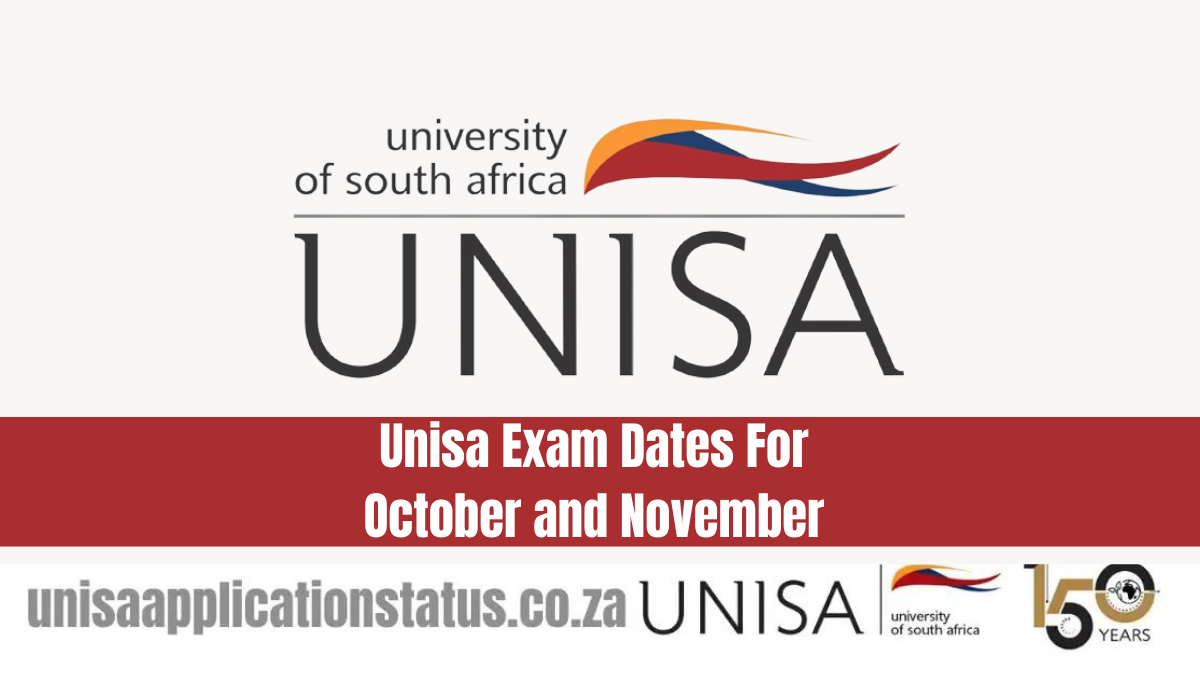How Unisa NSFAS Allowances Are Paid In July 2025? The University of South Africa (Unisa) is one of the largest distance learning institutions on the continent, catering to thousands of students every year. Among these students, a significant number rely on financial aid from the National Student Financial Aid Scheme (NSFAS) to pursue their academic goals. As we move into July 2025, Unisa students are eager to understand how NSFAS allowances are paid, and what to expect from the upcoming disbursements.
This article explores the NSFAS payment process, clarifies how Unisa NSFAS allowances are handled, addresses common concerns like outstanding balances.
What is NSFAS and Who Qualifies?
NSFAS, or the National Student Financial Aid Scheme, is a South African government initiative aimed at supporting students from low-income households who want to study at public universities and TVET colleges. NSFAS provides comprehensive financial support, including:
- Tuition fees
- Registration costs
- Learning material allowances
- Accommodation (or transport)
- Meal allowances
To qualify for NSFAS in 2025, students must:
- Be South African citizens.
- Come from a household earning less than R350,000 per year.
- Be registered or accepted at a public university or TVET college.
- Be studying or intending to study an NSFAS-approved course.
How Are Unisa NSFAS Allowances Paid in July 2025?
Unisa has confirmed that NSFAS allowances are paid directly by the university using Electronic Funds Transfer (EFT). This means students receive their allowances into their personal bank accounts provided during the registration or funding process.
This payment method is consistent across most public universities in South Africa and ensures direct, secure, and transparent transactions. It also helps students avoid third-party delays often associated with external service providers.
Important Note
Students should ensure that their banking details are correct and updated on their myUnisa profile or student portal. Any discrepancies can lead to delays in receiving NSFAS allowances.
Types of NSFAS Allowances Paid to Unisa Students
Unisa, as a distance-learning institution, has a slightly different allowance structure compared to traditional contact universities. Here’s a table that summarizes the types of NSFAS allowances paid to Unisa students in 2025:
| Type of Allowance | Amount (Estimated) | Description |
|---|---|---|
| Learning Material Allowance | R5,460 (once-off) | For purchasing study materials and textbooks. |
| Living Allowance | R15,000 (annually) | Paid in monthly instalments for food and basic needs. |
| Incidental/Personal Care | R3,045 (annually) | To cover toiletries and other personal essentials. |
| Transport Allowance (if eligible) | Varies | Only for students not in university-provided accommodation (i.e., distance) |
The actual amount disbursed in July 2025 depends on how Unisa structures its allowance distribution calendar and your academic registration status.
Why Some NSFAS-Funded Students See Outstanding Balances
A common concern among NSFAS beneficiaries at Unisa is that their study fee account reflects an outstanding balance, even after their funding is approved. This issue may cause confusion, but it is important to understand the context:
- NSFAS pays tuition fees directly to Unisa, but the process can take time. Payment may occur later in the academic year, particularly for first-time entries or mid-year registrations.
- An outstanding balance does not mean your funding is revoked—it merely reflects the processing status.
Official Assurance
Unisa has confirmed that students will still have access to study materials, can submit assignments, and are allowed to write exams despite the outstanding balances, as long as they are NSFAS-funded.
What NSFAS Does Not Cover at Unisa
While NSFAS provides comprehensive support, there are certain expenses not covered, including:
- Supplementary examination fees
- Remarking fees
- Textbooks or material charges billed directly to a student’s account
- Historical debt (for newly funded students)
It’s essential for students to budget for these additional costs or seek alternative funding options if necessary.
What Should You Do if Your Allowance Isn’t Paid?
If a student finds that their NSFAS allowance for July 2025 has not reflected in their bank account, they should follow these steps:
- Verify banking details on the Unisa student portal.
- Check if the academic registration is active and matches NSFAS requirements.
- Contact the Unisa Student Funding Department at: Email: [email protected]
Include your student number, ID, and a clear explanation of the issue when sending your query.
Tips to Ensure Timely NSFAS Allowance Payment
Here are some expert tips to make sure you receive your July 2025 NSFAS allowance without delays:
- Double-check your bank account details on the myUnisa system.
- Make sure your registration status is active.
- Respond to all NSFAS or Unisa queries promptly.
- Avoid submitting multiple bank accounts or changing details frequently.
- Regularly check email and myUnisa messages for updates from the Student Funding Office.
FAQs About How Unisa NSFAS Allowances Are Paid in July 2025
Will my NSFAS allowance be delayed in July 2025?
Delays may happen due to pending registrations, incorrect banking details, or NSFAS verification issues. However, Unisa tries to process all EFT payments promptly each month.
Can I still study if my account shows an NSFAS-related outstanding balance?
Yes. Unisa has confirmed that students will continue receiving study materials, assignment marking, and access to exams, even if their tuition is not yet paid by NSFAS.
Does NSFAS cover remark or supplementary exam fees at Unisa?
No. NSFAS does not cover any extra charges like remarking, supplementary exams, or historical debt for new students. These must be paid by the student.
Conclusion
Understanding how Unisa NSFAS allowances are paid in July 2025 is crucial for all NSFAS-funded students. While the Electronic Funds Transfer (EFT) method ensures direct and secure payments, students must take responsibility for keeping their registration and banking information accurate.

